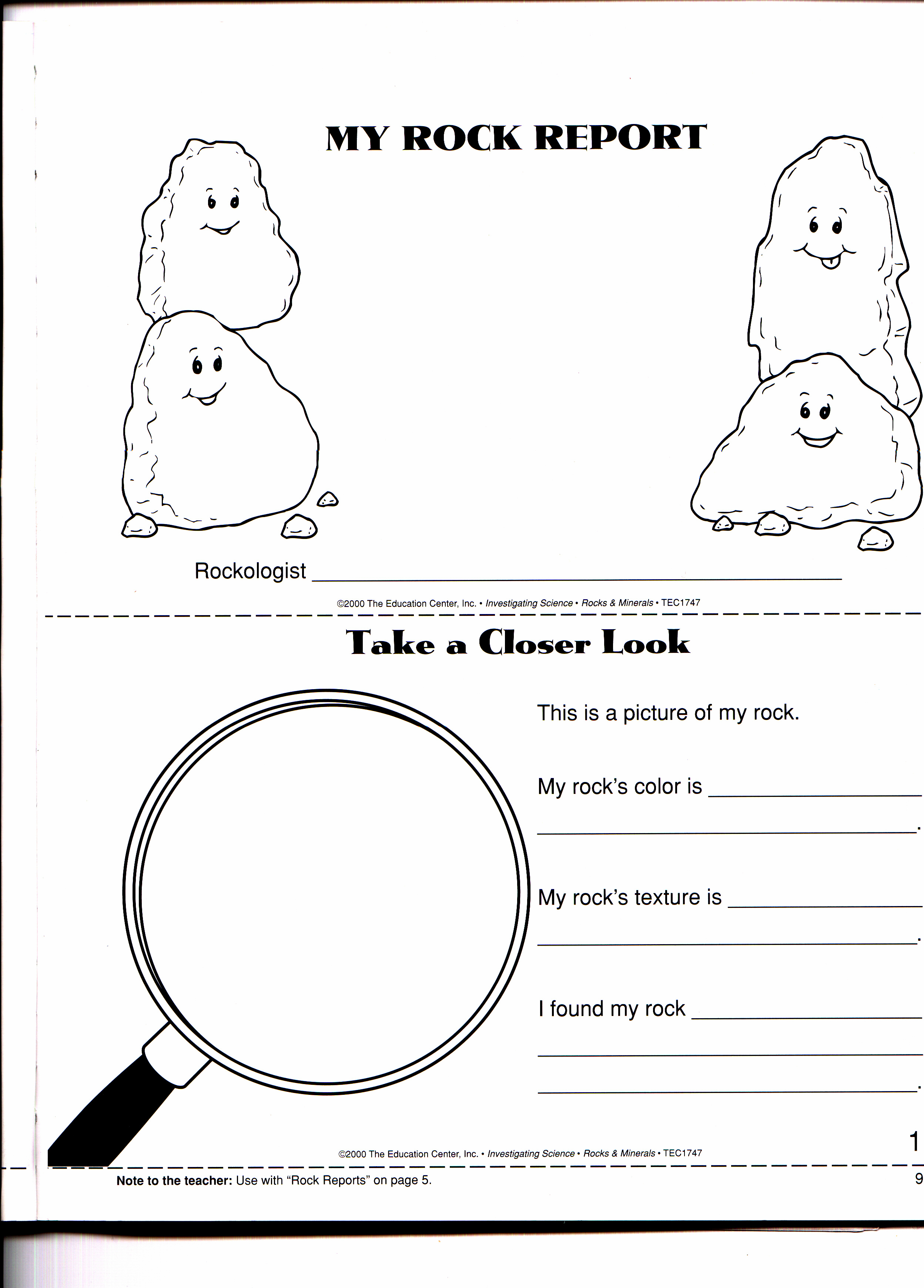Analyzing Briefs: Deconstructing Effective Communication

Table of Contents
Understanding the Purpose of a Brief
The core function of a project brief is to serve as a clear, concise roadmap guiding the project's execution. Think of it as a contract between you and the client, outlining expectations, deliverables, and timelines. Different types of briefs exist, each with its own nuances:
- Design briefs: Focus on visual communication, specifying design aesthetics, target audience, and desired impact.
- Marketing briefs: Detail marketing strategies, target demographics, campaign objectives, and measurable KPIs.
- Project briefs: Provide a comprehensive overview encompassing all aspects of a project, including scope, timelines, budget, and deliverables.
Understanding the specific type of brief you are working with is crucial for effective analysis. Key components consistently present across all brief types include:
- Clearly defined objectives: What are the client's goals? What problem are you solving?
- Target audience identification: Who are you creating this for? What are their needs and preferences?
- Scope and limitations: What’s included, and what’s explicitly excluded from the project?
- Deliverables and deadlines: What tangible outputs are expected, and when are they due?
- Budgetary constraints: What's the allocated budget for this project?
Deconstructing the Key Components of a Brief
Deconstructing a brief involves systematically examining its individual sections to fully grasp the client's vision. Each section plays a crucial role in the overall understanding:
- Background Information and Context: This sets the stage, providing historical data, market trends, and any relevant information crucial for informed decision-making.
- Problem Statement/Opportunity: This clearly articulates the challenge or opportunity the project addresses.
- Goals and Objectives (SMART goals): These should be Specific, Measurable, Achievable, Relevant, and Time-bound. Understanding these goals is paramount.
- Target Audience Analysis (Demographics, Psychographics): Detailed analysis of the target audience's demographics (age, location, income) and psychographics (values, lifestyle, interests) is critical for effective communication.
- Key Messages and Tone of Voice: The brief should specify the desired messaging and overall tone to ensure consistent brand voice.
- Call to Action (CTA): What specific action do you want the audience to take after encountering the final product?
- Metrics and Measurement: How will the success of the project be measured? This often involves KPIs (Key Performance Indicators).
Identifying Potential Gaps and Ambiguities
Critical thinking is essential when analyzing briefs. Many briefs suffer from a lack of clarity or crucial information. Common issues include:
- Unclear objectives or deliverables: Vague or undefined goals make it difficult to create an effective plan.
- Missing deadlines or budget information: This leaves room for conflict and misunderstandings down the line.
- Vague target audience descriptions: Without a clear understanding of the target audience, your work may not resonate.
- Conflicting information within the brief: Inconsistencies within the brief require clarification to avoid errors.
Addressing these gaps requires proactive communication. Don't hesitate to ask clarifying questions like: "Can you elaborate on the target audience's pain points?" or "What are the key success metrics for this project?".
Transforming a Brief into an Actionable Plan
Once you’ve thoroughly analyzed the brief, it's time to translate the information into a concrete project plan. This involves:
- Creating a detailed project timeline: Break down the project into manageable tasks and assign deadlines.
- Allocating resources and tasks: Determine who is responsible for each task and ensure you have the necessary resources.
- Setting clear milestones and checkpoints: Establish clear milestones to track progress and identify potential roadblocks early.
- Developing a communication plan: Outline how you will communicate with the client throughout the project.
- Establishing a feedback mechanism: Create a system for regular feedback to ensure alignment with the client's expectations.
Conclusion
Effectively analyzing briefs is a crucial skill for project success. By understanding the purpose of a brief, deconstructing its key components, identifying potential ambiguities, and transforming it into an actionable plan, you can significantly improve your project outcomes. Mastering brief analysis leads to enhanced client relationships, reduced rework, and increased project success rates. To become proficient in analyzing briefs, practice regularly and don't shy away from asking clarifying questions. Seek out further resources and courses on effective brief analysis techniques to hone your skills and master this essential aspect of project management. Mastering brief analysis is an investment in your professional success.

Featured Posts
-
 2027 Tour De France A Uk Grand Depart In Edinburgh
May 23, 2025
2027 Tour De France A Uk Grand Depart In Edinburgh
May 23, 2025 -
 One More Countdown At Itv After Holly Willoughbys Shocking Departure
May 23, 2025
One More Countdown At Itv After Holly Willoughbys Shocking Departure
May 23, 2025 -
 Analysis Of X101 5s Big Rig Rock Report 3 12 Playlist
May 23, 2025
Analysis Of X101 5s Big Rig Rock Report 3 12 Playlist
May 23, 2025 -
 Liga Natsiy 2024 2025 Rezultati Ta Rozklad Matchiv 20 03 2025
May 23, 2025
Liga Natsiy 2024 2025 Rezultati Ta Rozklad Matchiv 20 03 2025
May 23, 2025 -
 The Origin Of The Whos Name An Unexpected Tale
May 23, 2025
The Origin Of The Whos Name An Unexpected Tale
May 23, 2025
Latest Posts
-
 Cat Deeley Last Minute Dress Blunder On This Morning
May 23, 2025
Cat Deeley Last Minute Dress Blunder On This Morning
May 23, 2025 -
 Colours Of Time Cedric Klapisch Film Sold By Studiocanal At Cannes
May 23, 2025
Colours Of Time Cedric Klapisch Film Sold By Studiocanal At Cannes
May 23, 2025 -
 6 000 For Cannes Access Investigating The Pure Auteur Fuel Black Market
May 23, 2025
6 000 For Cannes Access Investigating The Pure Auteur Fuel Black Market
May 23, 2025 -
 Cannes Film Market Studiocanal Acquires Rights To Cedric Klapischs Colours Of Time
May 23, 2025
Cannes Film Market Studiocanal Acquires Rights To Cedric Klapischs Colours Of Time
May 23, 2025 -
 Cat Deeleys Wardrobe Malfunction Before This Morning Show
May 23, 2025
Cat Deeleys Wardrobe Malfunction Before This Morning Show
May 23, 2025
